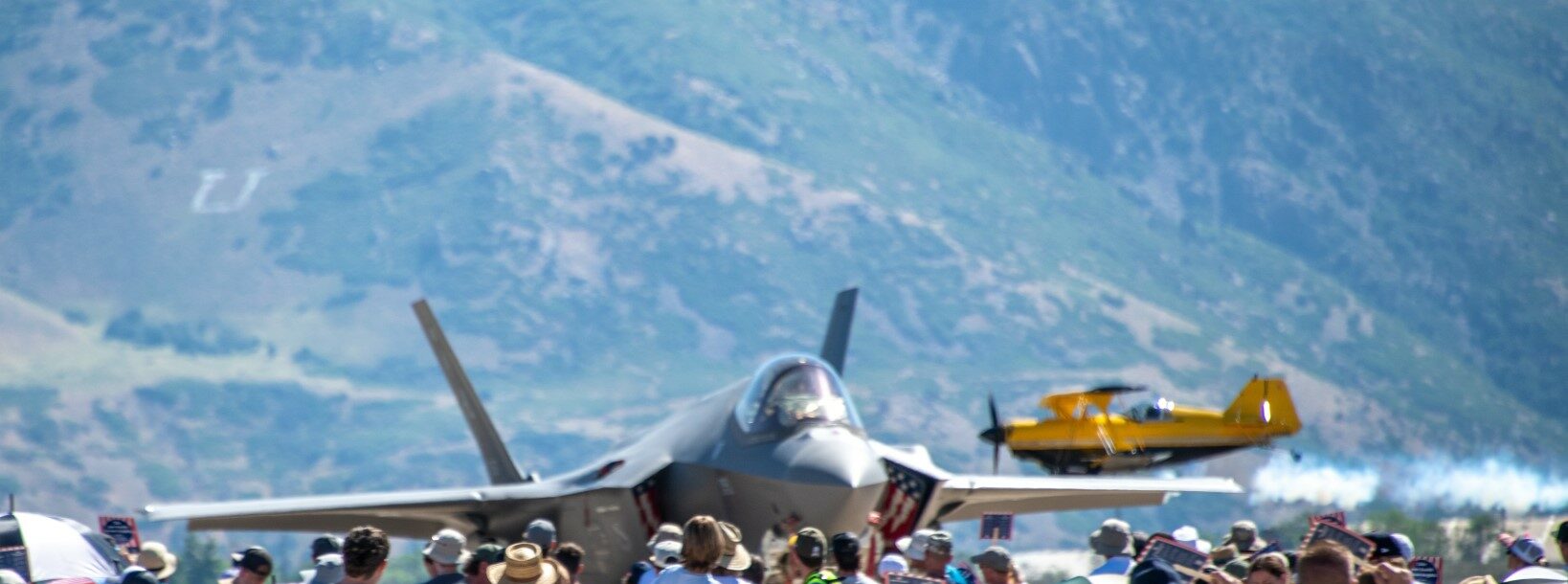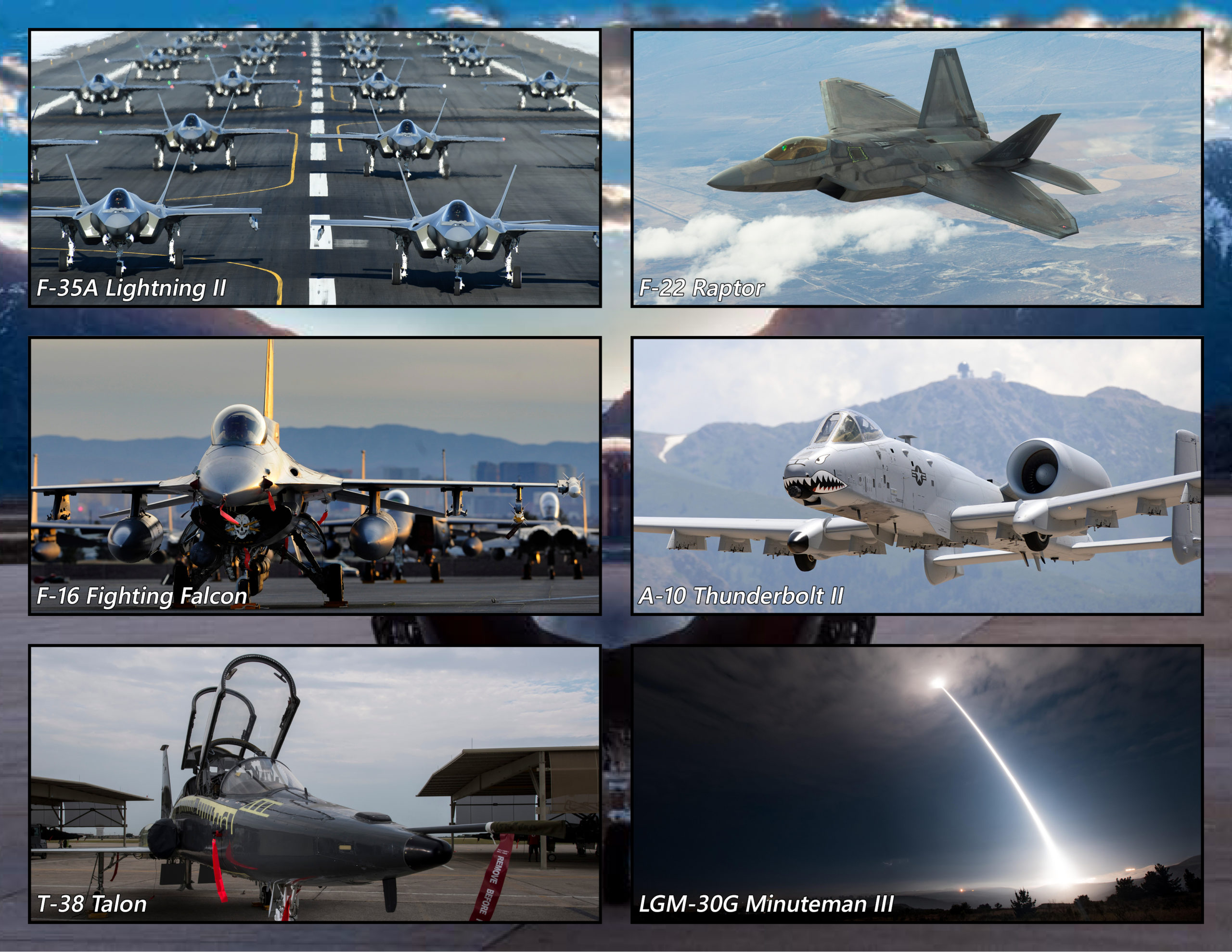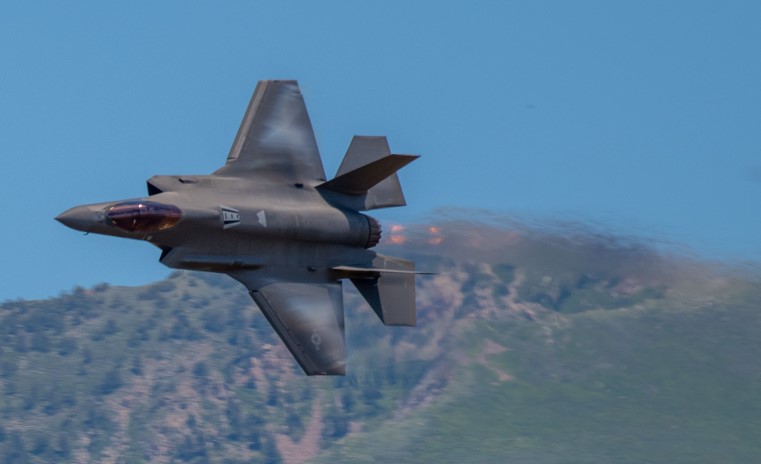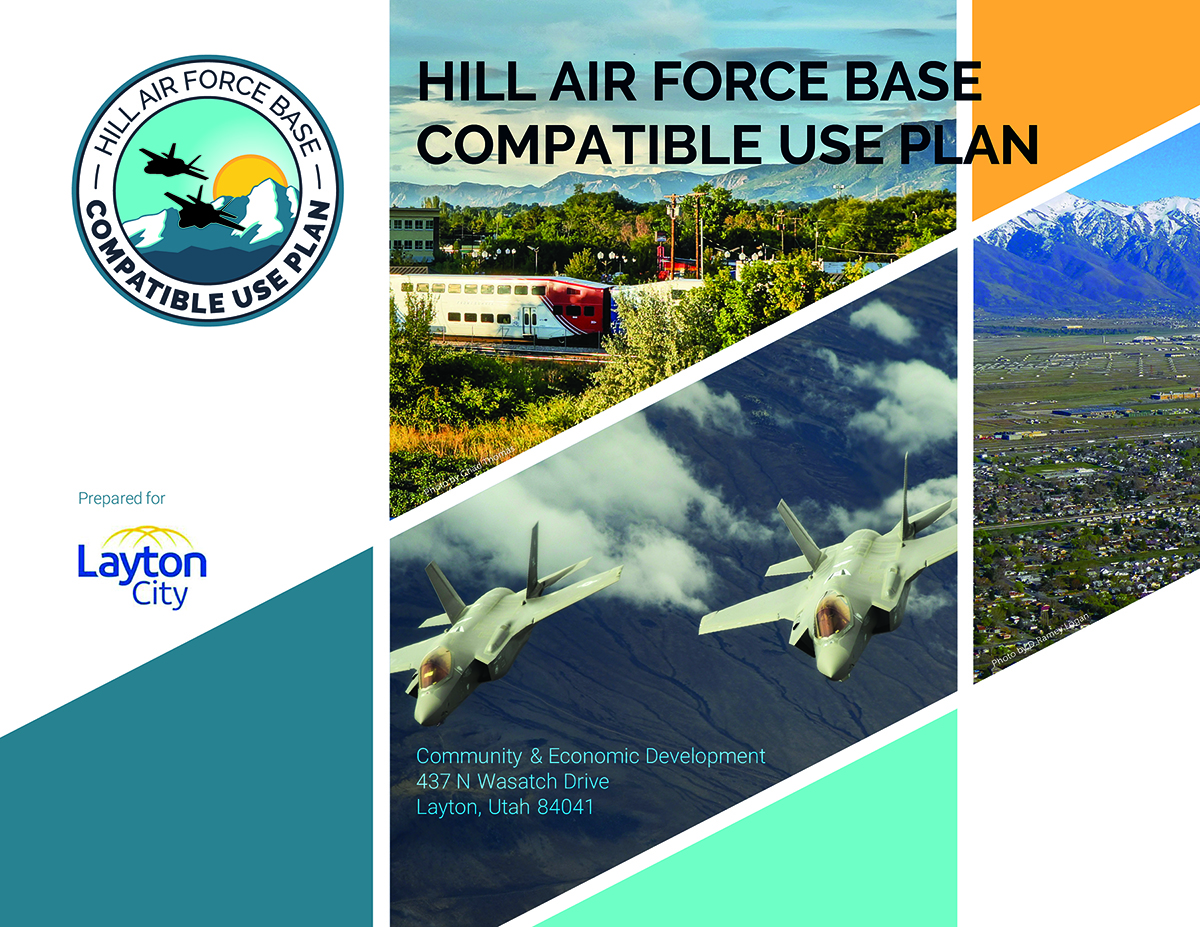
Hill Air Force Base (HAFB) is a substantial contributor of economic activity for Layton City and to the state of Utah as its largest employer. The main South Gate to HAFB and the East Gate are both located in Layton. It should be no surprise that the base continues to be an important and major economic driver and provider to Layton’s economic success. The bedding and maintenance of the F-35A Lightning II fighter at Hill, historically a 20 year program, and Northrop Grumman’s awarded 20-year $63 billion contract for the Ground Based Strategic Deterrent (GBSD) program located adjacent to the base will only strengthen Layton’s economic position for many years to come. In 2022 alone HAFB created approximately $1.55 billion in annual federal payroll, $4.6 billion in indirect jobs, $9 billion in total annual economic impact, and employed 25,480 personnel.
Boeing, General Atomics, General Dynamics, Northrop Grumman, Lockheed Martin, Kihomac, Janicki, Rantec and Westest Engineering Corporation
The base hosts three squadrons of the Air Force’s most advanced fighter plane, the F-35, resulting in hundreds of jobs and $100 million in construction. HAFB recently constructed a $35 million software facility recently to support the F-35 and substantial expansion and growth of the base continues today.


2022 Report: $9 billion economic impact to Utah
Largest single-site employer in Utah with 25,480 employees
Key contributor to US air defense since 1934
Team Mission video highlighting units and missions of Hill Air Force Base, Utah.
F-35A Lightning II, F-16 Fighting Falcon, F-22 Raptor, A-10 Thunderbolt II (Warthog), T-38 Talon, LGM-30G Minuteman III
The Utah Test and Training Range (UTTR) is a military testing and training area located in Utah’s West Desert, approximately 80 miles (130 km) west of Salt Lake City, Utah. UTTR is currently the largest contiguous block of over-land supersonic-authorized restricted airspace in the contiguous United States.
Look up various topics of information by key words, categories, or by name
